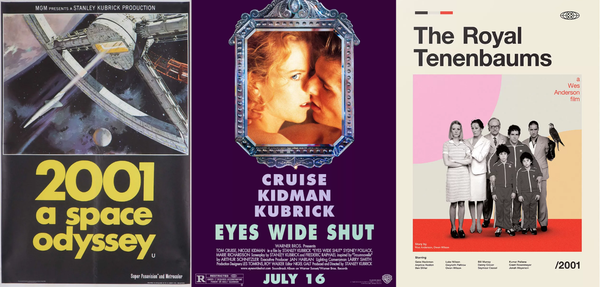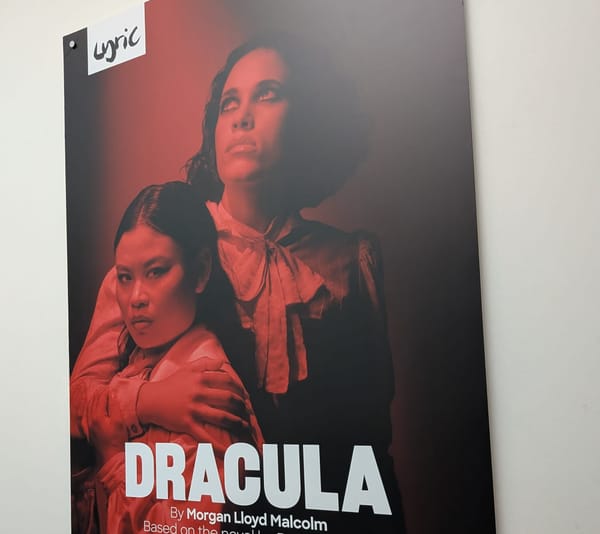The Power of Old Letters

Expecting Paddy’s Letters, I was Stunned when Larry’s Arrived
Letters have always been strange things to research. They are inconvenient documents, unlike diaries. You know where you stand with diaries. The odd thing about letters is that the writer holds the copyright, but the receiver keeps (normally) the only copy in existence. It takes quite some preparation, foresight, arrogance, or other unusual gumption to run off a copy for the archive of a handwritten or typewritten letter, before you seal up the envelope and post it. Only the most legacy-conscious scribe would do this routinely, if at all.
People say that email causes untold problems for those wishing to research the letters of the future. Yes, and no. Although only the most forward-thinking person would write down all their online passwords in their will, this kind of planning will become routine over the coming decades. If, however, you succeed into accessing an email account, the sheer volume of nonsense that has been retained automatically might overwhelm the researcher. Did you really buy a double helping of rice on the evening of March 13th 1998? What was your motivation? Did you have friends round? Such minutiae are being recorded automatically for all of us right at this moment.
I got to thinking about this after a little surprise in the archives, which will not surprise any seasoned biographers but, as a newcomer to primary research, made me stop and think.
I was really pleased to find that the vast majority of Patrick Leigh Fermor’s archive is safely stored away in the National Library of Scotland. Why Scotland? Because of the connection Paddy had with Scottish publisher Jock Murray VI. Murrays are one of the top publishing dynasties, and the name lives on with an imprint to this day, now owned by Hodder.
Would I be able to find the time, and would the lockdown rules permit, a trip north across the border to the library in Edinburgh? I was too impatient to find out, and learned how to use their online ordering and copying service to obtain 53 pages of letters marked in the archive as correspondence with Lawrence Durrell. They arrived this week, but I was surprised that every single letter was written not by Paddy but to Paddy, by Larry! Only now, on close inspection, do I see my mistake: right at the top of the inventory it clearly states that letters were received by Paddy.
I have also become familiar with the UK rule involving the year 2039. Apparently, in the past and for centuries, it has been a bugbear of researchers that the UK copyright law grants permanent copyright to unpublished materials, including letters. Guidance on GOV.UK, last updated in January 2021, confirms that this discrepancy in UK copyright has been tidied up, and most unpublished works for which the author has been dead since at least 1969, will become public domain on the very last day of the year 2039. (Otherwise the relevant dates are death of author +50 years and at least 100 years since the item was created, which in many cases of writers who died towards the end of the twentieth century will be roughly around 2039 anyway.)
Anyway, digression over. I was unprepared for the strong feeling that these papers triggered. Yes, there were many letters, but what variety! There were picture postcards, handwritten letters, telegrams, typewritten letters, letters on yellow paper, letters in red ink, typed letters with handwritten notes and additions… the sheer variety is endless. Some letters were to Paddy and wife Joan, others to Joan alone and others only to Paddy, of course. They relate news of Larry’s personal life, and his admiration for various books written by Paddy and sent to Larry in Greece, or wherever he was at the time. Sometimes he was in Yugoslavia, or Egypt, or France. Never in England, of course.
Even though I received a sterile email, with a link to an equally sterile PDF file, the documents spring to life as they emerge from the printer. I found myself pulling them out to read while the ink was still wet. There is no feeling quite like this, of reading letters seen only by my eyes and the librarian for possibly decades.
There is a real sense, a genuine sense of discovery, in reading these letters firsthand. I now understand why historians get addicted to archives. Although I enjoyed reading Paddy’s letters, among many others, when printed in various books, it doesn’t come slightly close to the experience of seeing copies of the originals. Deciphering the handwriting is not so hard, but it takes a little effort, especially when pages are torn or truncated, or crossed out, or added later as a correction. This is research. This is life!

Of course, my addiction, or obsession, has only gained momentum. I must now settle down to the difficult business of obtaining what I set out to find: the letters written by Paddy to Larry, which logic dictates must sit in one of Larry’s archives, somewhere in the world, if they were not lost or destroyed.
Yes, email and modern electronic documents raise issues for the archivists. But we are recording our lives in fine detail impossible for any other generation. I believe, on balance, that the problem for future researchers will be an information overload. In researching two prominent writers of the twentieth century, with well-stocked archives catalogued in detail, the rarity level is still sufficient to make the chase thrilling.
Excuse me now, I must return to the papers. Cheers Larry!





